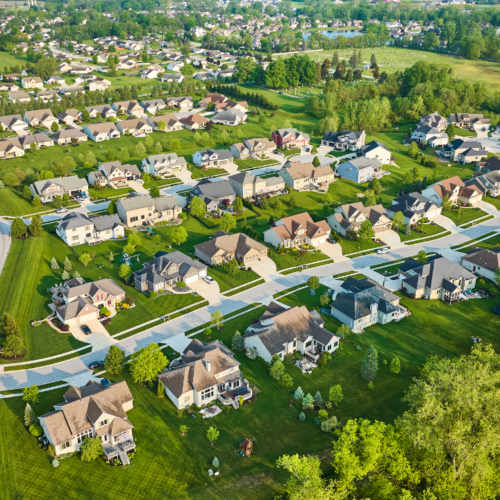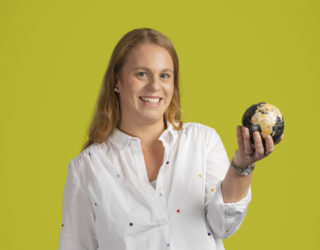Have you ever wondered what the point is of having street trees or roadside hedgerows? Well, apart from providing an important habitat for breeding and
foraging birds and insects, and providing attractive and calming places for people, they also play an important role in protecting us from pollution.
A recent review of published studies led by the
University of Surrey looked at the effect of different types of vegetation on levels of pollution in urban environments.
Traffic emissions are the main source of air pollution in cities around the world and we may be able to help protect ourselves from these emissions using
green solutions including street trees, vegetation barriers (including hedges) and green, or living, walls and roofs. The plants act as porous bodies
which disperse and remove airborne pollutants.
Different green solutions seem better suited to different urban environments. For example, in a built-up street, where vehicles are the main source of
pollution, hedgerows were found to have a positive impact on air quality while trees have a negative impact; in open road conditions, more than a 50%
reduction in numerous pollutants was observed with a 10 metre thick green belt.
Green walls and roofs were found to have positive effects on localised pollutants. In studies, reductions in pollutants ranged from up to 95% by using
green walls, and from between 2% and 52% by using green roofs. Although overall, both have less impact than trees and hedgerows, they may be easier
to incorporate into developments.
More standardised research is needed but positive impacts of different vegetation types can be considered during development design and can help to maximise
the benefits provided by soft landscaping. These findings could be particularly important when making BREEAM recommendations.











